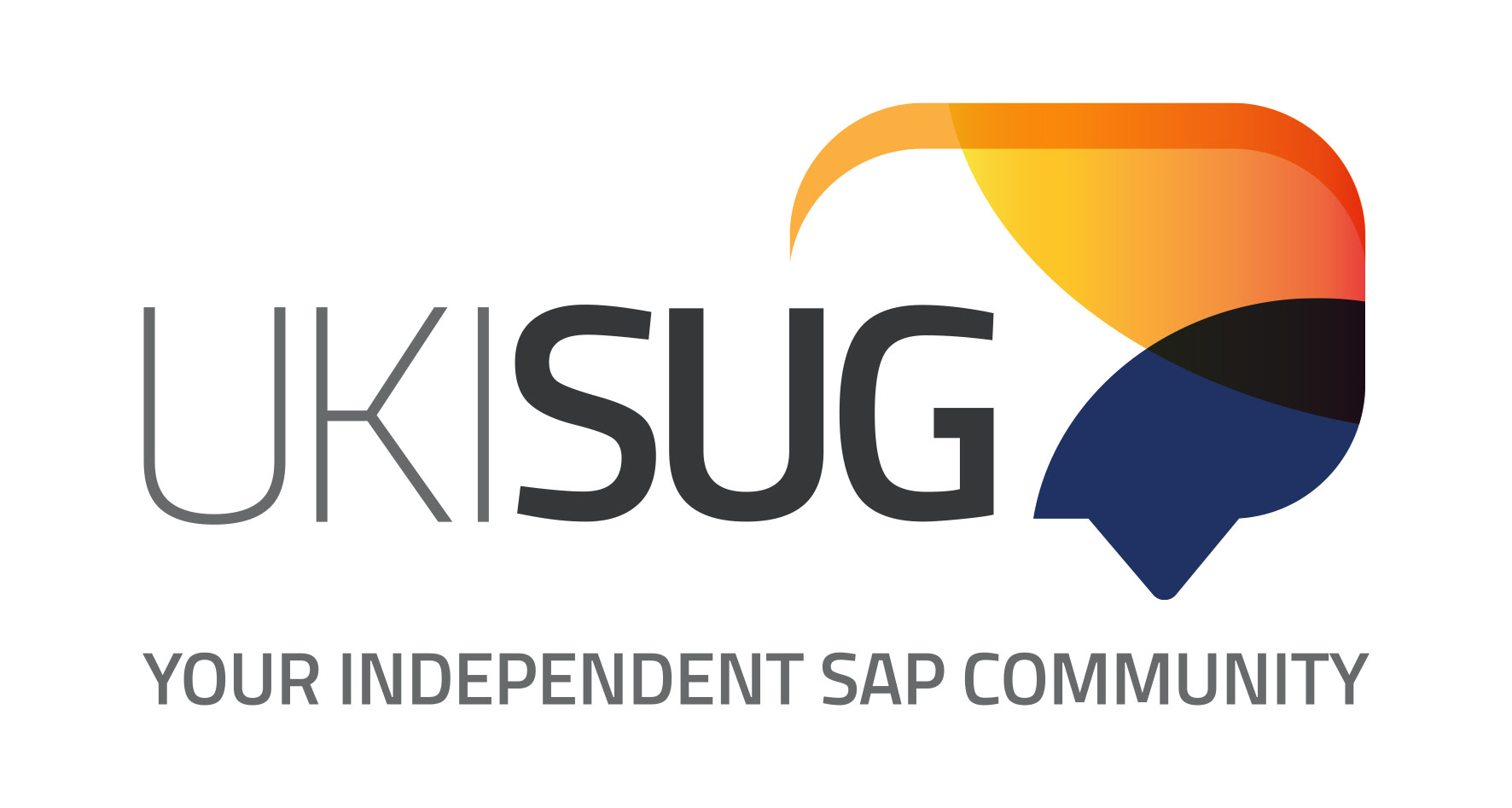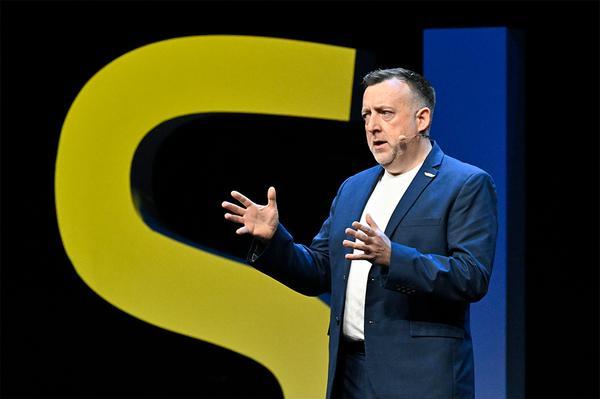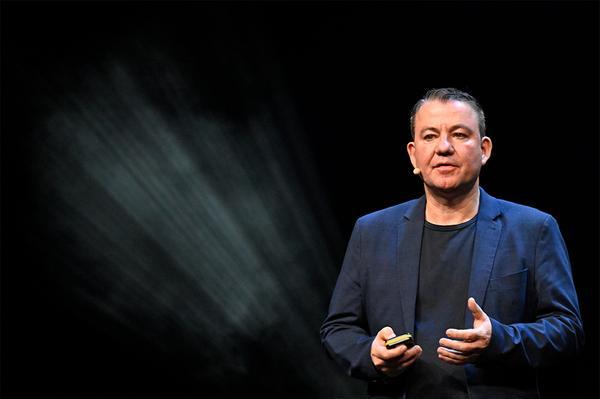UKISUG Customer Keynote
In last week’s blog, we looked at some of the key takeaways from the keynotes given at UKISUG Connect by Conor Riordan, UKISUG Chair, and Leila Romane, UK&I SAP Managing Director. This week, we look back at our main customer keynote, given jointly by Russ Smith, Vice President of ERP Transformation Technology at AstraZeneca, and Ade Welsh, Senior Director – S/4HANA Technology, AstraZeneca.
Both Russ and Ade spoke at Connect 2023 regarding the start of AstraZeneca’s Business Transformation Programme (Axial). So we were delighted to have them back to discuss how things have progressed over the last 12 months and the lessons learnt on their ERP transformation journey.
AstraZeneca’s Bold Ambition for 2030
AstraZeneca launched its Bold Ambition 2030 with view to changing its business processes to delivering 20 new medicines, increasing revenues and achieving carbon negativity. These are significant goals – and even more so considering AstraZeneca currently has 27 manufacturing sites in 16 countries and treats 116 million patients worldwide.
The Axial Business Transformation Programme
To achieve these goals, AstraZeneca developed a new business transformation programme – Axial. This is a six-year greenfield SAP transformation, launched with the goal of simplifying 1,500 level 4 processes across the organisation. Currently, the programme spans 1,200 people in 19 countries.
Axial – One Year On
In their 2023 Connect keynote, Russ and Ade discussed the groundwork they had undertaken at AstraZeneca to set the business up for success. This year, the focus has shifted, and now multiple steps of the business transformation programme are running in parallel.
Before the Axial programme began, AstraZeneca had four core business areas: finance, operations, R&D and commercial – which largely operated in silos. This meant each department had its own process taxonomy and process modelling tools, with a lack of standardisation across the wider organisation.
Though the Axial programme, AstraZeneca aims to create cross-functional consistency by establishing an enterprise-wide process approach and taxonomy, helping to ensure consistency across business processes, regardless of team.
A Cross-Functional Approach
Both Russ and Ade highlighted that the programme isn’t a small undertaking – so far AstraZeneca has run 650 workshops for 1,500 people in 34 countries.
The organisation also set themselves aggressive deadlines and ran several design sprints using cross-functional teams. Additionally, by shifting test cycles left – and moving quality testing earlier – AstraZeneca’s teams were able to proactively get ahead of deadlines and accelerate the programme.
Lessons Learned
With the scale of Axial, challenges were inevitable. Russ and Ade wrapped up their keynote with a summary of their learnings from this major programme:
- Data management is key: Whenever you start working on the data for an SAP implementation, it’s always too late. The AstraZeneca team baked data management into Axial, but still found things they never expected. For example, at least one third of the organisation’s business partners were replicated in their legacy systems.
- Ensure you can be flexible: Build flexibility into your contract with SAP. As projects evolve, so do the needs of your organisation and what you think you need on day one is not what you will need at the end of year one. As a project’s priorities shift, your contract with SAP needs to be able to respond accordingly.
- Choose the right SAP partner: To drive an effective SAP implementation, pick an SAP partner that will challenge you to change. In the case of the AstraZeneca team, this meant a partner able to impart tough love when they needed it. Here, SAP can play a role in connecting you with the right partner.
- Adopt an agile build approach: Having an agile approach at the build stage is a smart risk worth taking, especially if you’re short on time during an implementation. Even if you have to redo some of the work already done, this will be a smaller percentage than designing or building later in the process. It will also be far less time-consuming than delaying build processes to potentially avoid reworks.
- Invest in the team early: Pick the best team members from internal teams and plan and backfill their roles fast. Additionally, look externally to find the best talent on the market. This joined-up approach will yield the best results.
- Being in the same place brings value: Co-locate the core design team as much as possible. While remote design workshops do work, organisations must invest in distributing their programme globally to deliver strong value to international operations.
Beyond the customer keynote, AstraZeneca also presented at several different breakout streams during Connect, sharing valuable insights with SAP community. We look forward to hearing more from AstraZeneca over the next 12 months as the Axial programme progresses further!
Register now for Connect 2025 to take advantage of our early bird rate.


